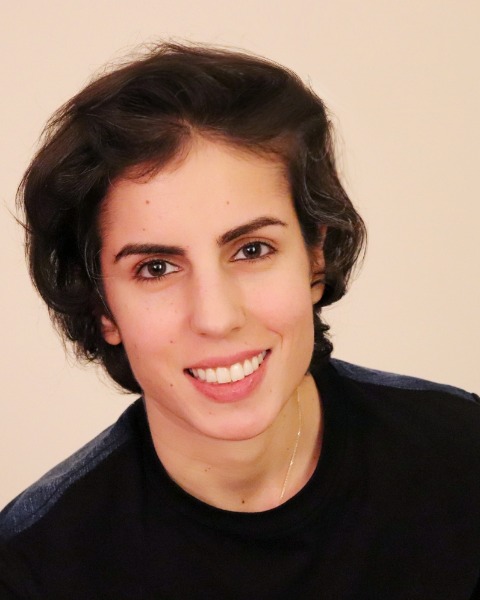Global Mental Health
The Application of the Theory of Planned Behavior to Treatment-Seeking Among Arabs with Symptoms of Depression
(PS5-D96) The Application of the Theory of Planned Behavior to Treatment-seeking Among Arabs with Symptoms of Depression

Sariah Daouk, Ph.D.
Postdoctoral Fellow
Stony Brook University
Stony Brook, New York- AB
Alinne Z. Barrera, Ph.D.
Professor
Palo Alto University
Palo Alto, California - MC
Matthew J. Cordova, Ph.D.
Professor
Palo Alto University
Palo Alto, California - YL
Yan Leykin, Ph.D.
Professor
Palo Alto University
Palo Alto, California
Author(s)
Co-Author(s)
Background: Arab countries have similar mental illness rates to Western countries, yet few Arabs seek professional treatment (Al-Azzam et al., 2013; Karam et al., 2006). The Theory of Planned Behavior (TPB; Ajzen, 1991, 1998) was used to better understand factors that influence treatment-seeking among Arabs with symptoms of depression. Furthermore, given numerous barriers to accessing mental health care in the Arab World (Merjeh, 2019; Nasir & Al-Qutob, 2005), a modified TPB behavior model, with the added factor of Perceived Barriers (Mo & Mak; 2009) was examined, to determine whether it was a better representation of decisions to seek treatment for depression.
Methods: Participants were 335 adults residing in the countries comprising the Arab World. Participants were treatment-naive, and reporting elevated symptoms of depression. Participants were recruited from several sources (previous study participants, social media, managed research panel). The sample consisted of approximately equal numbers of men and women; participants’ mean age was 33.6 (SD = 9.27) years old, with a mean of 15.9 (SD = 4.68) years of education. Participants completed an online survey that included a questionnaire capturing the facets of the modified TPB (Attitudes; Subjective Norms, Behavioral Control, Perceived Barriers: Mo & Mak, 2009). Measures were translated in Modern Standard Arabic and back-translated with reconciliation. Survey completion took approximately 20 to 30 minutes.
Results: Confirmatory factor analysis (CFA) was used to examine the accuracy of the model structures. One item from Subjective norms was removed in both traditional and modified models; another item (from Barriers) was also removed from modified TPB. Structural Equation Modeling (SEM) was used to compare the fit of the two models. The data fit the traditional TPB model well (𝛘2 (N = 115, df = 59) = 117.55, p < .001; AIC = 4890.65; SRMR = .048), and the modified model did not improve fit (𝛘2 (N = 115, df = 125) = 243.46, p < .001; AIC = 6895.33; SRMR = .065). In the traditional model, combined, the factors (Attitude, Subjective Norms, and Behavior Control) predicted 71.9% of the variance in treatment-seeking intention for depression symptoms. As expected, participants who had higher positive attitudes towards treatment-seeking, believed that their social entourage was open to receiving treatment and viewed mental health positively, and believed that they had a choice in their decision to seek mental health treatment and were capable of doing so were more likely to endorse treatment-seeking intention (b = .38 to .60, all ps < .001).
Conclusion: Findings supported the use of the traditional, not the modified, TPB model in understanding treatment-seeking intention among Arabs with symptoms of depression. Using the TPB can inform future mental health program designs and be a basis of clinical decision-making for more effective psychoeducation campaigns related to depression treatments among Arabs.

